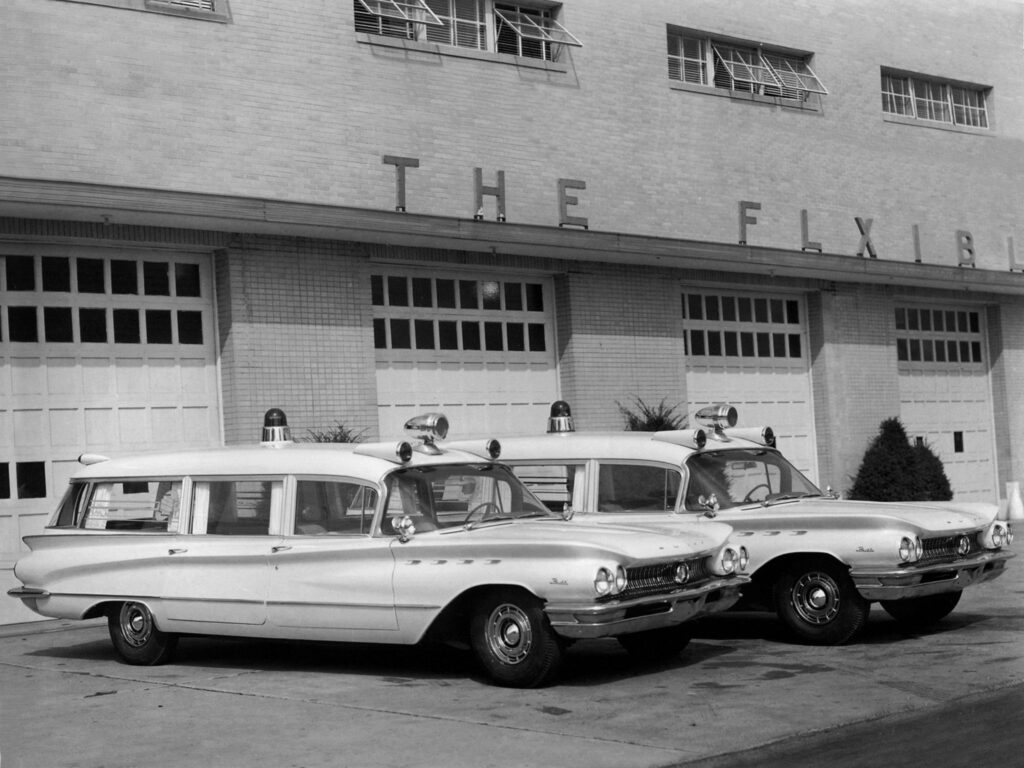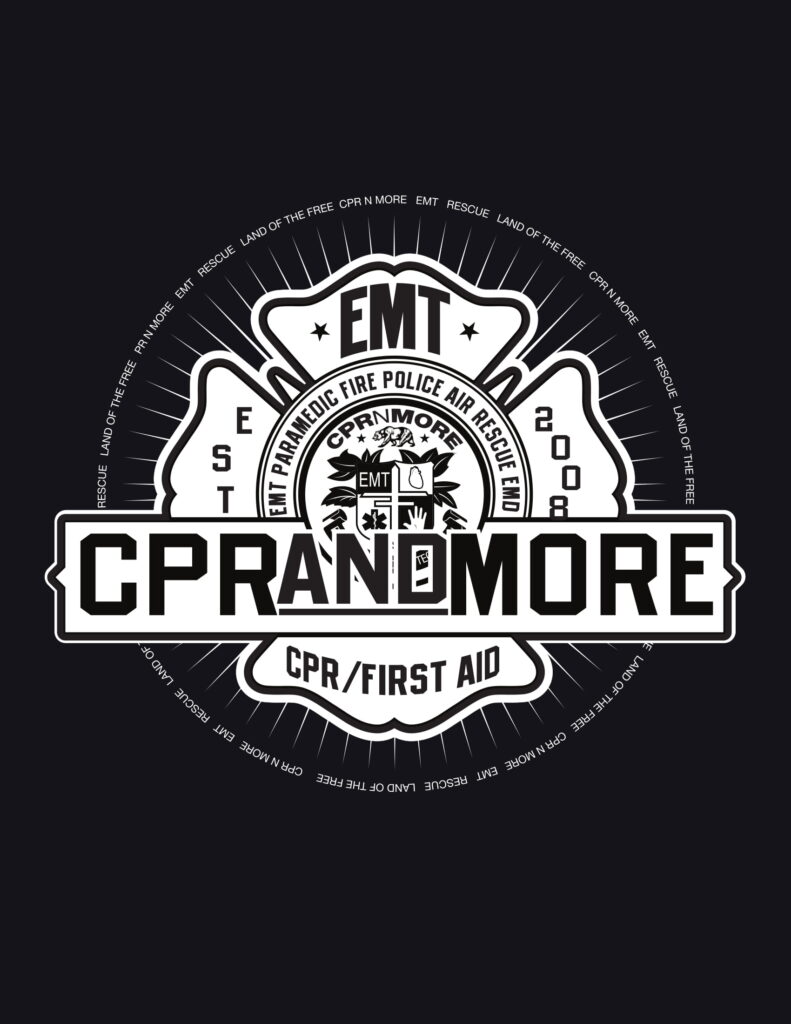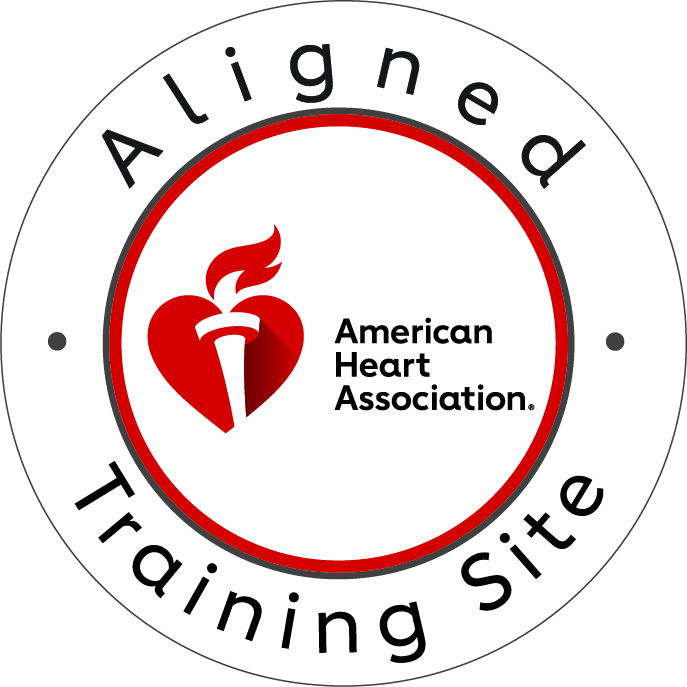Emergency Medical Service (EMS) (also known as Ambulance Service, Paramedic Service or Emergency Service) provides urgent pre-hospital treatment and stabilization for serious illnesses and injuries, as well as transportation to a care facility like a hospital. Today, emergency dispatch software is used to streamline the process but this has not been the case for very long. In most places, the emergency services can be called upon by members of the public, other medical facilities, businesses and authorities using an emergency phone number that then puts them in contact with control facilities and then they deploy appropriate resources to deal with the situation. Some EMS agencies may also have patient transports services for non-emergency situations as well as on the other end of the spectrum they could also provide technical rescue services which is a service provided where the responders have specialized training for the specific high danger rescue situation that may be present.
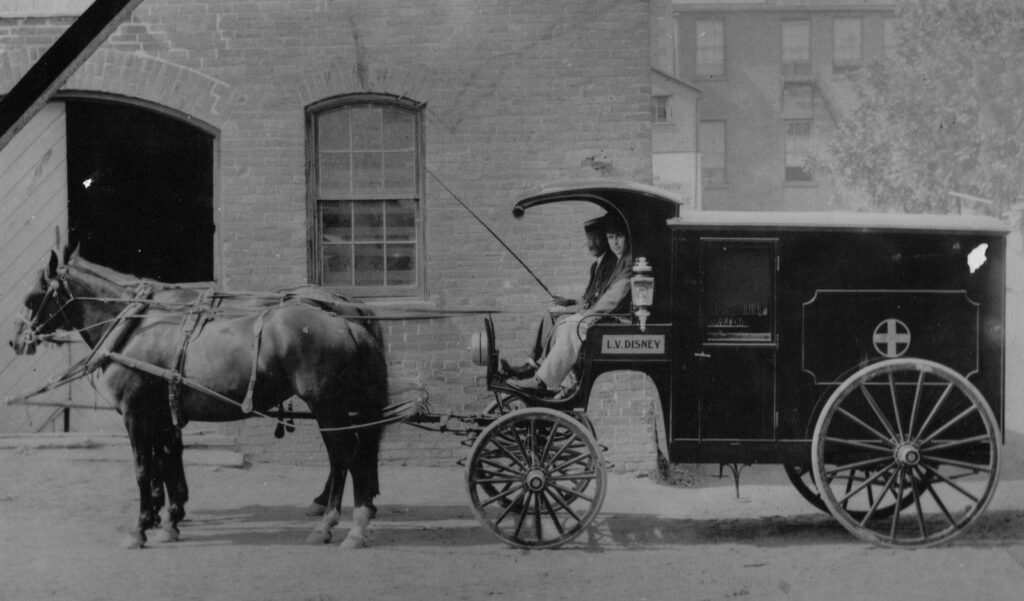
Emergency care has been rendered in different forms since the beginning of recorded history, for example during the Middle Ages the Knights Hospitaller were known for rendering assistance to wounded on the battlefield. There were specialized vehicles that would be used on the battlefield that was designed by the chief surgeon of Napoleon Bonaparte. One of the first examples of civilian ambulance services was a transport carriage for cholera patients in London during 1832. By 1865 the first known commercial hospital to have a hospital-based ambulance service was in Cincinnati, Ohio. The next service know was the New York based service provided in conjunction with Bellevue Hospital that started in 1869 and these ambulances carried items for treatment very reflective of times such as splints, stomach pumps, morphine, and even brandy. In Vienna around 1881 there was an early ambulance service formed after the fire at the Vienna Ringtheater named "Vienna Voluntary Rescue Society" which then served as a model for other similar societies worldwide. Then in London in 1887 there was a first aid and ambulance service that was modeled around a military style command and discipline structure that was call the St. John Ambulance Brigade. And, remember all these services were still all horse drawn and even though they were still useful enough that the hospitals could now be further apart and not needed to be so numerous because of the tenet of instant care is still seen in modern emergency medical planning still to these days though with the advent of the motor you'll start to see vast improvements in the speed and quality of ride provided.
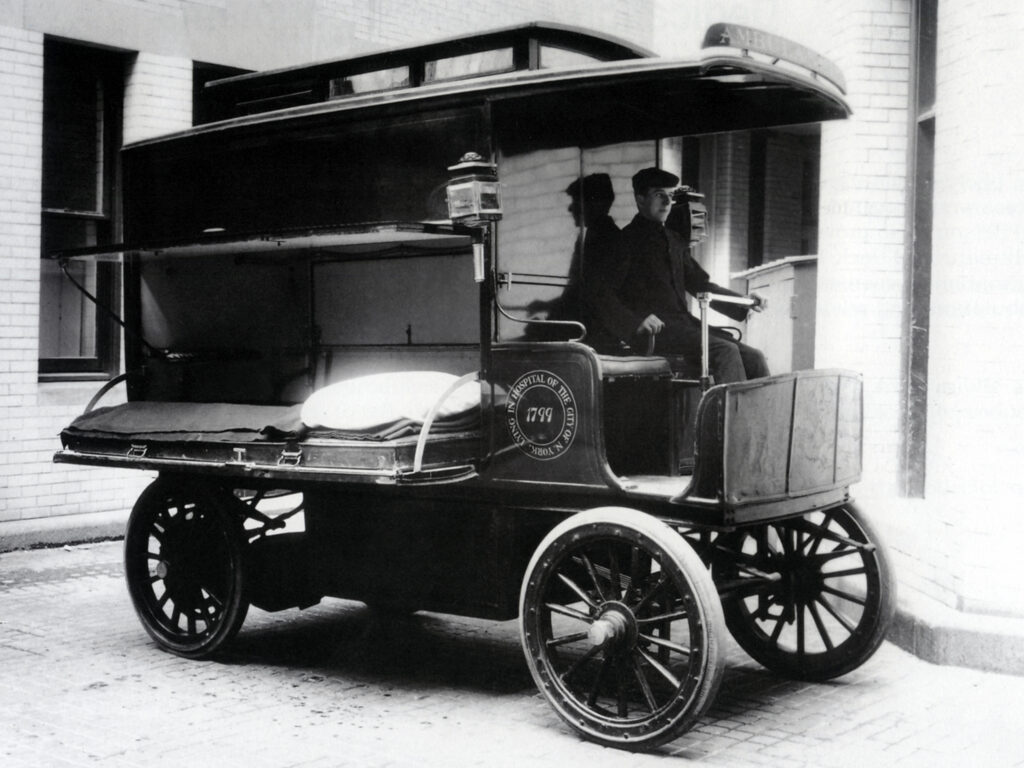
In the early 20th century changes started to take place in the ambulance world with them being powered by steam, gasoline, and electricity which is actually a great analog of all the different types of competing technologies of the day for who and what was going to be the dominate automotive technologies. The motorized ambulance started to become the preferred way to go by far which didn't take long to notice that they had superior speed, more safety for the patient, faster stopping, and a smoother ride. These were all on display for everyone to observe with the ambulances used in New York in the 1900s which were two automobiles powered by electricity with single 2 hp motors which attached to the rear axles.
Advances in the 1960 that included the development CPR and defibrillation as the standard from out-of-hospital cardiac arrest, as well as pharmaceuticals resulted in the way ambulances respond to emergencies. Freedom House Ambulance Service was the first civilian emergency medical service in the United States to be staffed by paramedics. Also, around this time was one well-know report came out in US called the Accidental Death and Disability: The Neglected Disease of Modern Society, aka The White Paper. The report concluded that the ambulance services in the US varied widely in how they were run and maintained and often were unacceptable. This study laid out all the facts and reasoning as to why vast improvements into emergency care was need including that of ambulances. This resulted in a standardization in the how ambulances were to be constructed. Then, later, in 1971 a report was released that would bring the emergency medical services industry to the next level with people saying it was "the supreme white paper" and it is the "single greatest contribution of it kind to the improvement of EMS. Since the time of the report's release a lot of effort has gone into the improvement of EMS. One notable advancement included Dr. R Adams Cowley creating the country's first statewide EMS program, in Maryland.
